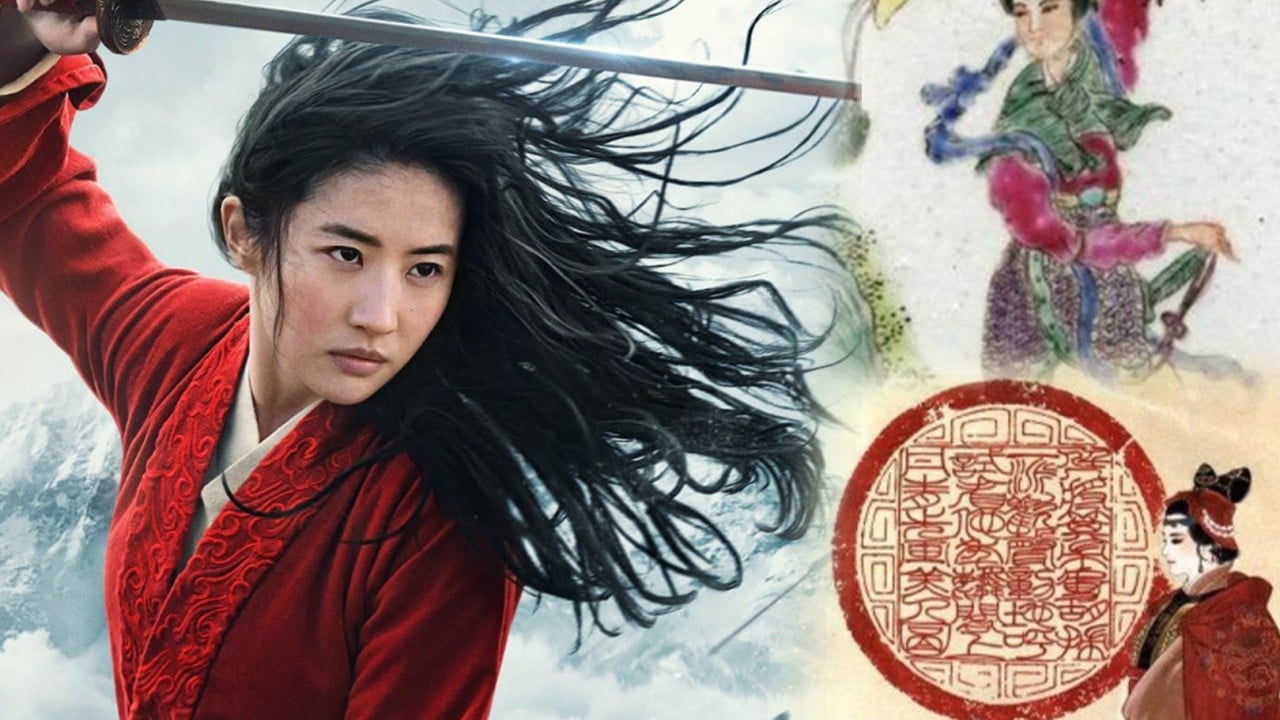Few female Chinese historical figures are as famous as Hua Mulan, the legendary folk heroine who disguised herself as a man to join the military and helped defeat invaders along China’s northern frontier.
Most historians believe Mulan never existed, and even if she did, her story has been altered so many times that it would be impossible to extricate the truth from legend.
Still, some do think her story is based on a real person and, if she did exist, would join two other important women whose victories at war helped change the course of ancient Chinese history.
Let’s meet these three Chinese warrior women.
Hua Mulan
Disney has established Hua Mulan as a modern legend, but she first emerged in popular culture over 1,500 years ago in the Ballad of Mulan, a folk song composed during the Northern Wei dynasty (386-535).
The story tells the tale of a young woman who replaced her ageing father to fight in the army against the Rouran people, a tribal confederation that occupied the Mongolian Plateau between 330 and 550.

According to Mulanbook, a project that tells the story of the heroine, Mulan fought bravely in the battles but refused any official rewards, simply requesting to return home to her family. When she reunited with her loved ones and changed her clothes, her fellow soldiers were shocked to learn that their “male” comrade was a woman.
While modern historians believe she is a fictional character, historians from centuries past have approached the Ballad of Mulan as a historical text, although there are often major contractions in their evidence, such as attributing the real Mulan to a person who lived decades after the ballad was composed.
Evidence to support Mulan as being a real person is the constant warfare between the Northern Wei dynasty and Rouran Khaganate.
Additionally, the Ballad of Mulan does not contain any supernatural elements, which has led to some hypotheses that it is grounded in real events.
Regardless of whether Mulan was based on an accurate figure, this literary heroine is one of the most influential female characters in Chinese history.
Princess Pingyang
One female warrior with much more substantial evidence of her existence was Princess Pingyang, who played a crucial role in the founding of the Tang dynasty (618-907).
As the only daughter of Li Yuan, who would become the founding emperor of the Tang dynasty and renamed Emperor Gaozu, Pingyang was a key player in his ascension.
During the rebellion’s planning stages, Pingyang lived in the Sui dynasty (581-618) capital of Chang’an and fled to her family estate while her husband smuggled himself to Taiyuan to meet Li Yuan, who was the general in charge of that city at the time.

However, Pingyang did not stay static for long. She began distributing her money to buy the loyalty of an army of several hundred men. She used that army to convince other rebel leaders to join her and build a force that numbered 70,000 people at its peak.
The Sui dynasty never took her army seriously because it was helmed by a woman, and would eventually attack Pingyang, who won that battle and used the opportunity to bring 10,000 troops to assist her brother’s offensive.
When her father crossed the Yellow River, Pingyang and her brother took charge of two separate wings of Li’s military, with hers being dubbed the “Army of the Lady”.
Li’s army was too strong for the Sui rulers, and the emperor’s grandson, Yang You, yielded the throne to Li, marking the founding of the Tang dynasty.
Thanks to her victories in battle, Princess Pingyang would spend her life as the emperor’s favourite daughter until her mysterious death at 23. She received a full military funeral, even breaking tradition to grant her honours not typically allowed for women.
Lin Siniang
Chinese history is rich with prodigious martial arts talents, and Lin Siniang (1629-1644) was a notable example. She formed an all-women fighting unit and sacrificed herself at 15 to save the man who nearly became emperor.
Lin was born into a poor military family and was trained by her father to be a fierce warrior. Legend has it that, at six, her fighting skills were the talk of the town. After her parents died, she turned to sex work to support herself.
One day, while practising martial arts by a river, she caught the attention of Zhu Changshu, the king of Qingzhou, whose borders resembled modern-day Shandong province in eastern China.
King Zhu would fall in love with Lin and, admiring her weaponry skills, tasked her with teaching martial arts to the royal concubines. Lin would eventually take those women and form an army of concubines.

When drought and famine threatened the livelihood of the people in Shanxi and Shaanxi in north and northwestern China respectively, they captured King Zhu.
Lin led her concubine army on a rescue mission before being outnumbered and defeated. Legend tells of Lin as the last woman standing, who bravely defeated many enemies before being struck down.
Her army’s attack bought enough time for traditional forces to gather their resources. Inspired by Lin’s sacrifice, the military swiftly organised and defeated the rebels, rescuing King Zhu.
Upon his release, King Zhu ordered that Lin and her entire army receive an honourable burial.


